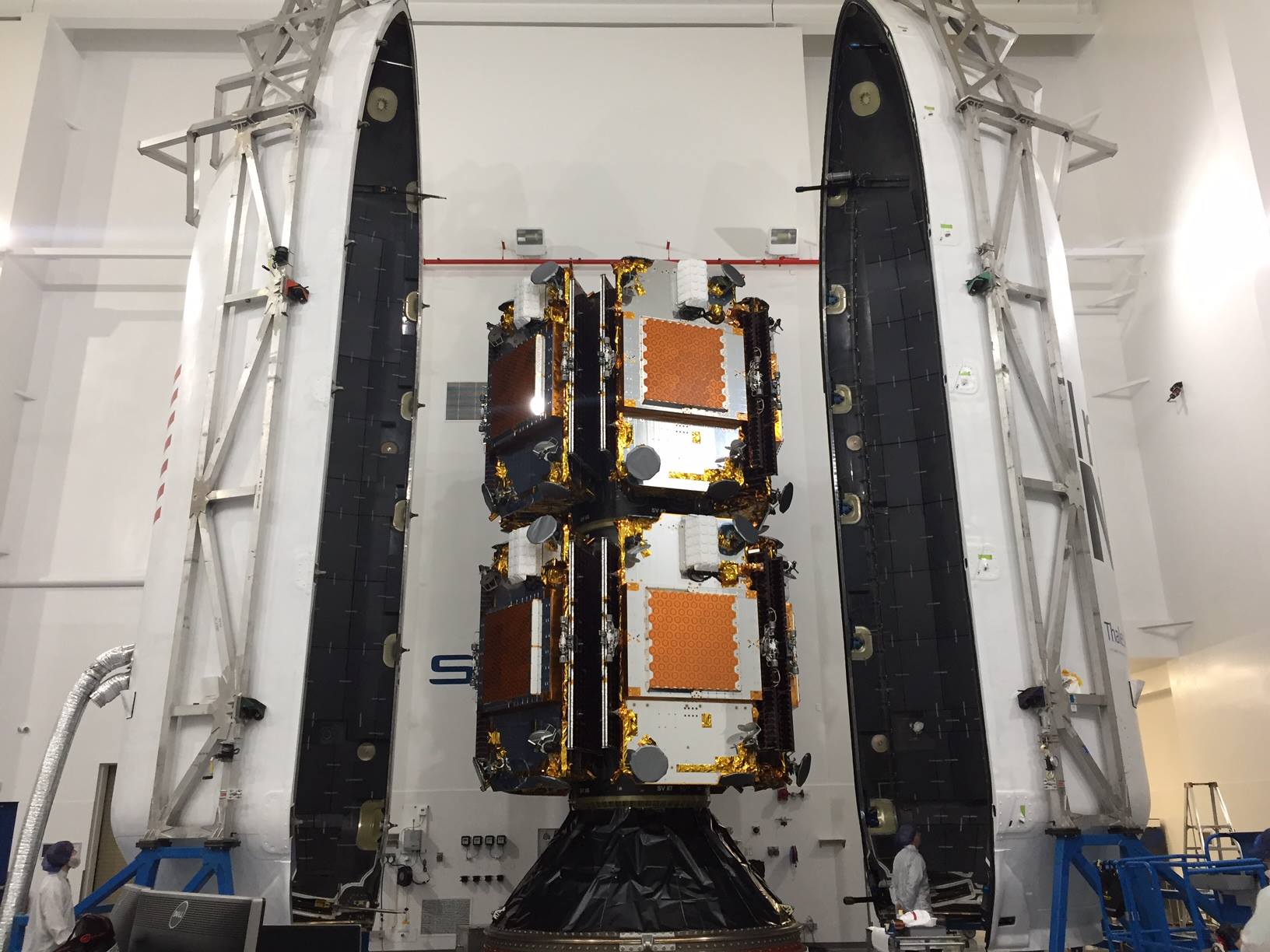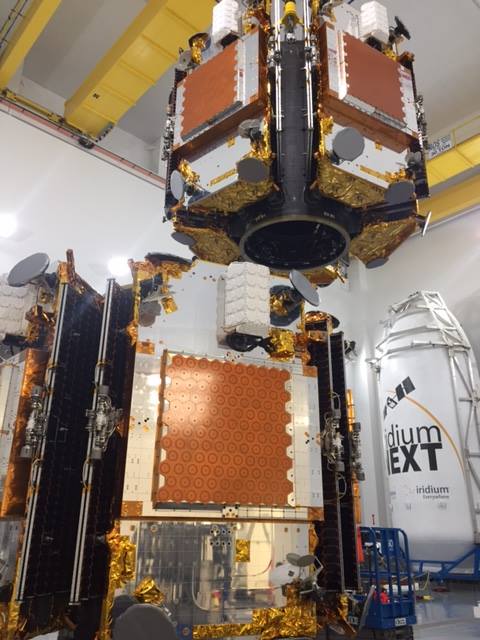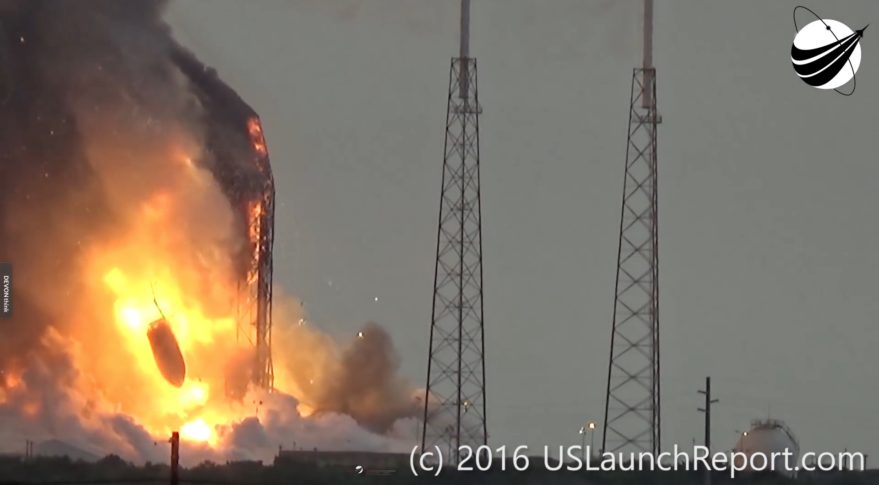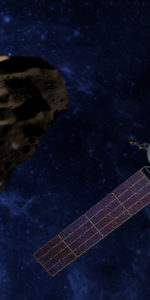
SpaceX is aiming to return their workhorse Falcon-9 rocket to flight next Sunday with a fleet of 10 Iridium NEXT satellites (launch is still pending FAA approval). The mission, currently scheduled to lift-off on Jan. 8 at 10:28 a.m. Pacific Time from Space Launch Complex 4E at Vandenberg Air Force Base, Calif., will mark SpaceX’s 30th Falcon-9 and the first launch for SpaceX since a Sept. 1 explosion took out their rocket, Cape Canaveral launch complex, and their customer’s AMOS-6 satellite.
The 10 satellites flying next weekend represent the first set of 70 total that Iridium is launching with SpaceX to replace their current constellation; all of which are contracted to fly on seven Falcon-9 launches over the next 18 months (prior to the AMOS-6 accident, Iridium wanted all their launches flown by the end of 2017).

A landing attempt of the Falcon-9 booster will occur far offshore minutes after launch, using the company’s autonomous “Just Read The Instructions” drone ship as a landing pad.
In the time since the Sept. 1 explosion, the accident investigation has focused heavily on a breach in the cryogenic helium system of the rocket’s second stage liquid oxygen tank, with special attention narrowed to one of the three composite over wrapped pressure vessels (COPVs) inside the LOX tank.
Having worked with numerous agencies—including NASA, the FAA, U.S. Air Force, and NTSB—the Hawthorne, Calif.-based company today released final results of the investigation, as well as outlined some of the actions they intend to take moving forward to prevent another AMOS-6 incident from happening.
———————————————————————
Over the past four months, officials at the Federal Aviation Administration (FAA), the U.S. Air Force (USAF), the National Aeronautics and Space Administration (NASA), the National Transportation Safety Board (NTSB), along with several industry experts, have collaborated with SpaceX on a rigorous investigation to determine the cause of the anomaly that occurred September 1 at Space Launch Complex 40 (SLC-40) at Cape Canaveral Air Force Station in Florida. This investigation team was established according to SpaceX’s accident investigation plan as approved by the FAA. As the primary federal licensing body, the FAA provided oversight and coordination for the investigation.
Investigators scoured more than 3,000 channels of video and telemetry data covering a very brief timeline of events – there were just 93 milliseconds from the first sign of anomalous data to the loss of the second stage, followed by loss of the vehicle. Because the failure occurred on the ground, investigators were also able to review umbilical data, ground-based video, and physical debris. To validate investigation analysis and findings, SpaceX conducted a wide range of tests at its facilities in Hawthorne, California and McGregor, Texas.
The accident investigation team worked systematically through an extensive fault tree analysis and concluded that one of the three composite overwrapped pressure vessels (COPVs) inside the second stage liquid oxygen (LOX) tank failed. Specifically, the investigation team concluded the failure was likely due to the accumulation of oxygen between the COPV liner and overwrap in a void or a buckle in the liner, leading to ignition and the subsequent failure of the COPV.
Each stage of Falcon 9 uses COPVs to store cold helium which is used to maintain tank pressure, and each COPV consists of an aluminum inner liner with a carbon overwrap. The recovered COPVs showed buckles in their liners. Although buckles were not shown to burst a COPV on their own, investigators concluded that super chilled LOX can pool in these buckles under the overwrap. When pressurized, oxygen pooled in this buckle can become trapped; in turn, breaking fibers or friction can ignite the oxygen in the overwrap, causing the COPV to fail. In addition, investigators determined that the loading temperature of the helium was cold enough to create solid oxygen (SOX), which exacerbates the possibility of oxygen becoming trapped as well as the likelihood of friction ignition.

The investigation team identified several credible causes for the COPV failure, all of which involve accumulation of super chilled LOX or SOX in buckles under the overwrap. The corrective actions address all credible causes and focus on changes which avoid the conditions that led to these credible causes. In the short term, this entails changing the COPV configuration to allow warmer temperature helium to be loaded, as well as returning helium loading operations to a prior flight proven configuration based on operations used in over 700 successful COPV loads. In the long term, SpaceX will implement design changes to the COPVs to prevent buckles altogether, which will allow for faster loading operations.
SpaceX greatly appreciates the support of our customers and partners throughout this process, and we look forward to fulfilling our manifest in 2017 and beyond.
———————————————————————
Launch Complex-40 took serious damage from the explosion Sept. 1, and Space Florida recently requested $5 million in funds from the Florida Department of Transportation for help with “infrastructure improvements” on KSC pad 39A for SpaceX, who currently has a 20-year lease for the historic launch pad, since December 2014.
The next SpaceX launch from Florida will fly off historic pad 39A, the same pad from where Moon missions and numerous space shuttle missions left the Earth.
Be sure to “Like” AmericaSpace on Facebook and follow us on Twitter: @AmericaSpace
.
Missions » Commercial Space » Iridium NEXT » Iridium-1 »





Mike,
Great article ….I am confused about SpaceX claiming accident review completion yet the FAA has not agreed to that. In doing the research for the article does it “appear” that the FAA lacks any resources to complete such launch licensing requirements? Who is actually in charge… FAA…Air Force…SpaceX?
The investigation must be completed before anyone can review the results of the investigation, would you not agree? So SpaceX has to complete the investigation and the report before the FAA can review it. So the FAA is reviewing the investigation right now, and will issue a launch license if it signs off on the findings.
“As the primary federal licensing body, the FAA provided oversight and coordination for the investigation.”
The FAA has signed off on the launch.
“As the primary federal licensing body, the FAA provided oversight and coordination for the investigation.”
I read this to mean that the FAA doesn’t actually conduct the investigation, but rather supervises it. Then at the end of the day, they go over all the data and decide whether or not to issue a license.
SpaceX performed a successful static fire test this morning at VAFB. The FAA probably wanted to see that before they gave final approval.